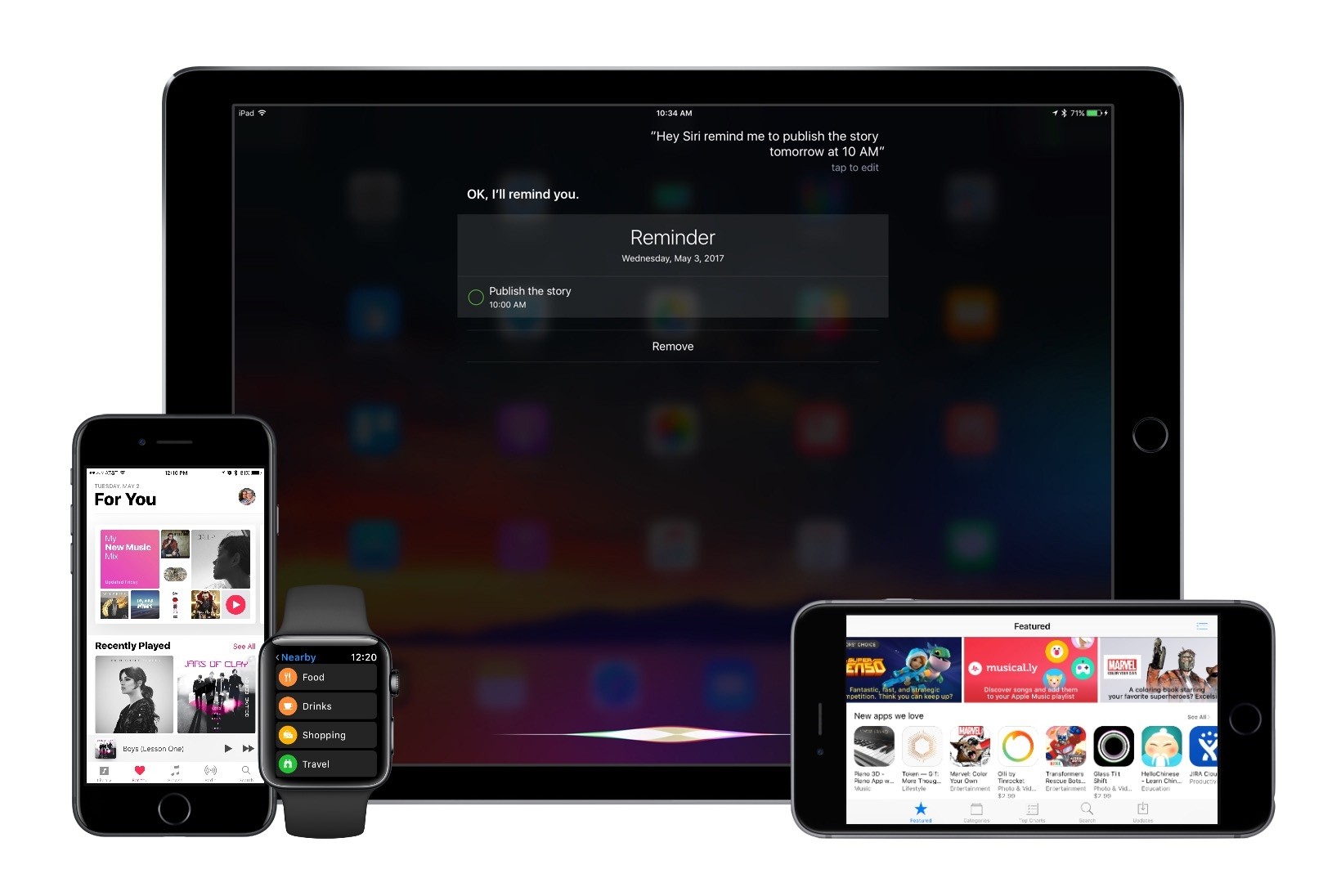Another fantastic essay by Justin O’Beirne, this time focused on explaining one of Google Maps’ strongest advantages over Apple Maps: the ability to use data to create more data.
With “Areas of Interest”, Google has a feature that Apple doesn’t have. But it’s unclear if Apple could add this feature to its map in the near future.
The challenge for Apple is that AOIs aren’t collected—they’re created_. And Apple appears to be missing the ingredients to create AOIs at the same quality, coverage, and scale as Google.
This is a perfect example of Google’s institutional approach to data collection paying off in the long term, giving them a substantial lead over the competition. O’Beirne’s visual comparisons between Google Maps and Apple Maps are just brutal.
Yes, Apple Maps may be “prettier”, but when you’re going somewhere, or need to find a specific point of interest, I bet you don’t care about “pretty”. You just want your map to tell you where to go, or show you accurately where you’re meant to be. Google is objectively ahead here, and Apple Maps’ slow evolution is concerning. There’s an interesting parallel here between Apple Music and Apple Maps: both nicer iOS apps than Spotify and Google Maps, and both far behind in terms of intelligence of the service itself.
As I wrote earlier this year:
Speaking from personal experience, Google Maps has considerably improved in my area in the past year, while Apple Maps has remained essentially the same. Which isn’t to say that Apple Maps is bad – Google simply has an edge over local business information and they’re evolving at a faster pace than Apple. To me, Apple Maps looks and feels nicer; Google Maps seems smarter and it has modern features I’d like Apple to add.




